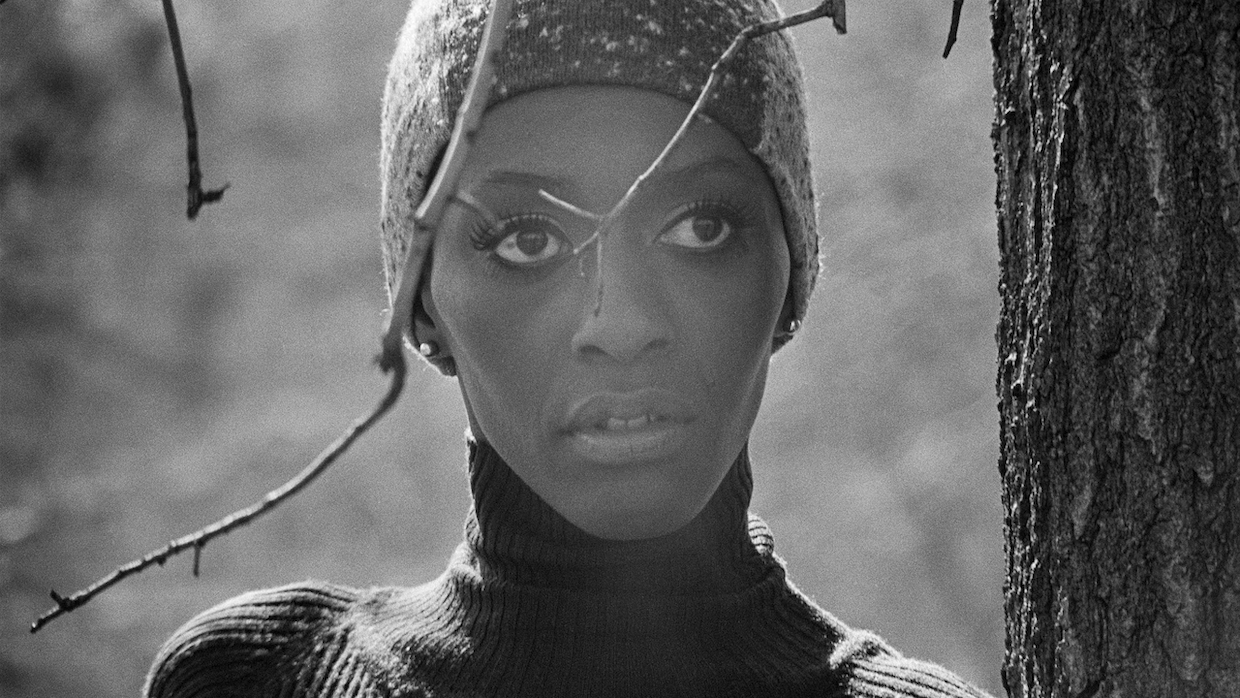 Back to selection
Back to selection
“I Drew From My Love of Heightened Naturalism”: DP Mia Cioffi Henry on Invisible Beauty
 Invisible Beauty, courtesy of Sundance Institute.
Invisible Beauty, courtesy of Sundance Institute. The documentary Invisible Beauty offers insight into the life and long-spanning career of fashion model and activist Bethann Hardison. In fact, the film’s subject also serves as co-director alongside Frédéric Tcheng, speaking candidly about walking runways as a Black model in the ’70s to participating in roundtables about racism in the fashion industry in the aughts.
Mia Cioffi Henry, the film’s cinematographer, talks about her existing admiration for Hardison and how she approaching shooting the fashion icon and her home.
See all responses to our annual Sundance cinematographer interviews here.
Filmmaker: How and why did you wind up being the cinematographer of your film? What were the factors and attributes that led to your being hired for this job?
Henry: Through a series of personal and professional coincidences, I found myself crying together with Bethann in her living room as we watched the fundraising sizzler for the project. My first camera operating job was working on a documentary about the 1973 Battle of Versailles between French and American designers in which Bethann was a model who walked that groundbreaking runway. All these years later, I was immediately drawn to Bethann as a subject and a magnetic personality and found her legacy of work demanding diversity in the industry and giving voice to Black talents extremely close to my own work and experience.
Filmmaker: What were your artistic goals on this film, and how did you realize them? How did you want your cinematography to enhance the film’s storytelling and treatment of its characters?
Henry: While I primarily work in narrative and commercial work, for this documentary Fred and Bethann were looking for a cinematic and storytelling eye to create the “present day”, and [collect] interview material we were looking to shoot to compliment our archival footage and illustrate the film. I drew from my love of heightened naturalism, celebrating gorgeous, diverse skin tones and bringing in patient observant frames that bring intimacy to the subject.
Filmmaker: Were there any specific influences on your cinematography, whether they be other films, or visual art, or photography, or something else?
Henry: We drew a lot of inspiration from Bethann herself, her storied and eclectic life and surroundings, her wealth of photographs, footage and objects all informed how we wanted to build our look on screen.
Filmmaker: What were the biggest challenges posed by production to those goals?
Henry: Tight schedule, budgets and working without a large crew meant I had to use what I had in my locations, small lighting units and available light. While all these factors were constraints to the creative process, I let them free us to push for authenticity and found magic on screen.
Filmmaker: What camera did you shoot on? Why did you choose the camera that you did? What lenses did you use?
Henry: Our director, Fred, had begun shooting some footage before I came on using a Canon C300 Mark II with a Canon 17-55mm lens. When we added another camera to the package we needed it to match the look and sensor, so we went with a Canon C70 and a few different EF zoom and prime lenses. I really enjoyed working with the C70 for its form factor and low profile as well as the flexibility in the log image for furthering our look in the grade.
Filmmaker: Describe your approach to lighting.
Henry: Working on subjects in the fashion world, we wanted to highlight natural beauty by using big soft sources whenever possible. I often bounced soft lights when in small spaces and kept natural contrast from being too filled in. We loved filming in Bethann’s home for the south facing early morning and afternoon light to create silhouettes in our frames.
Filmmaker: Finally, describe the finishing of the film. How much of your look was “baked in” versus realized in the DI?
Henry: We collaborated with our phenomenal colorist Natacha Ikoli who has a unique philosophy and approach to both the emotional and technical side of color grading. We prioritized the rich skin tones and created texture and depth in our images. Natacha beautifully finessed the work of balancing all the different source material into a cohesive tapestry.
TECH BOX
Film Title: Invisible Beauty
Camera: Canon C70 & C300 Mark II 4k
Lenses: Canon 17-55mm, Sigma EF 50mm
Lighting: LED units
